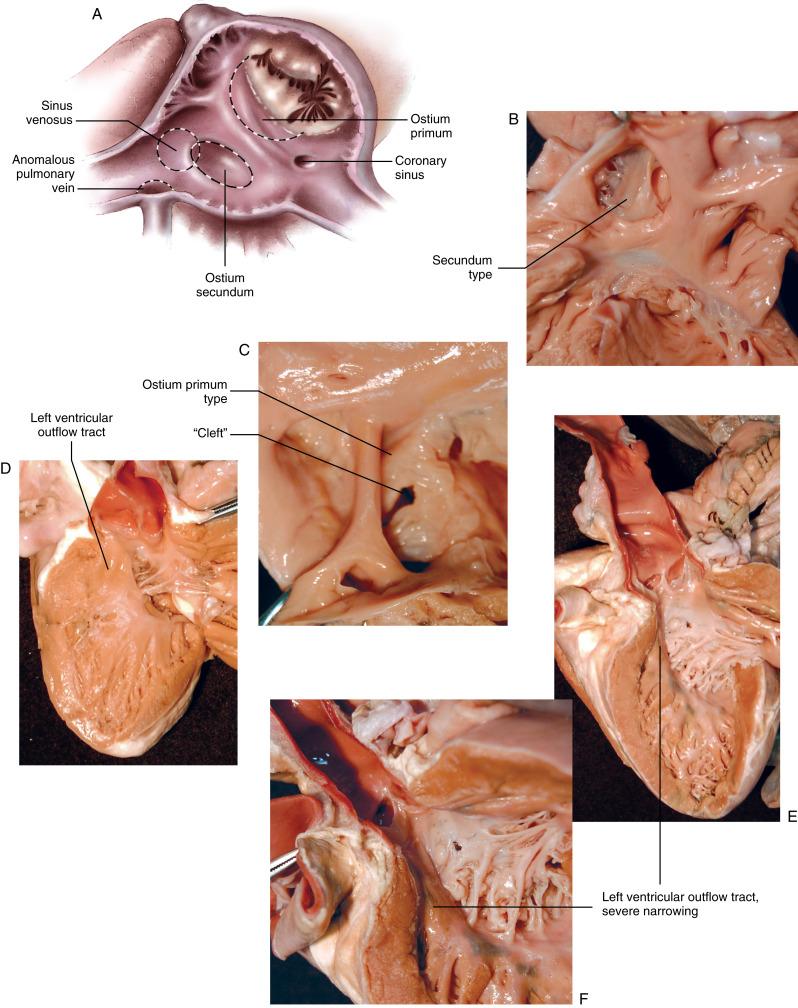Physical Address
304 North Cardinal St.
Dorchester Center, MA 02124
Defects of the atrial septum are common cardiac anomalies. The surface cardiac anatomy is assessed for cardiac chamber and pulmonary artery enlargement, status of the mitral and tricuspid valves, location of the pulmonary veins (especially the right superior pulmonary vein), persistent left superior vena cava, and patent ductus arteriosus.

Become a Clinical Tree membership for Full access and enjoy Unlimited articles
If you are a member. Log in here